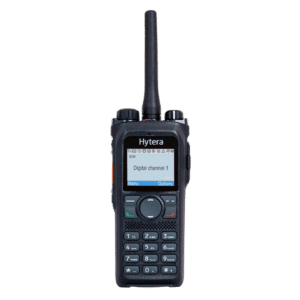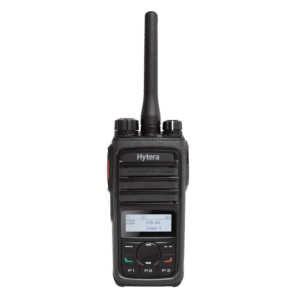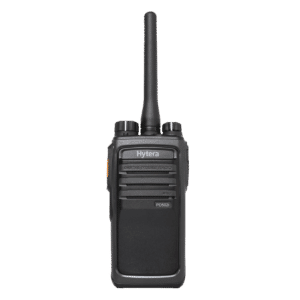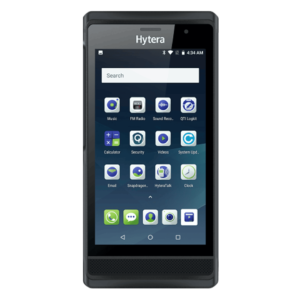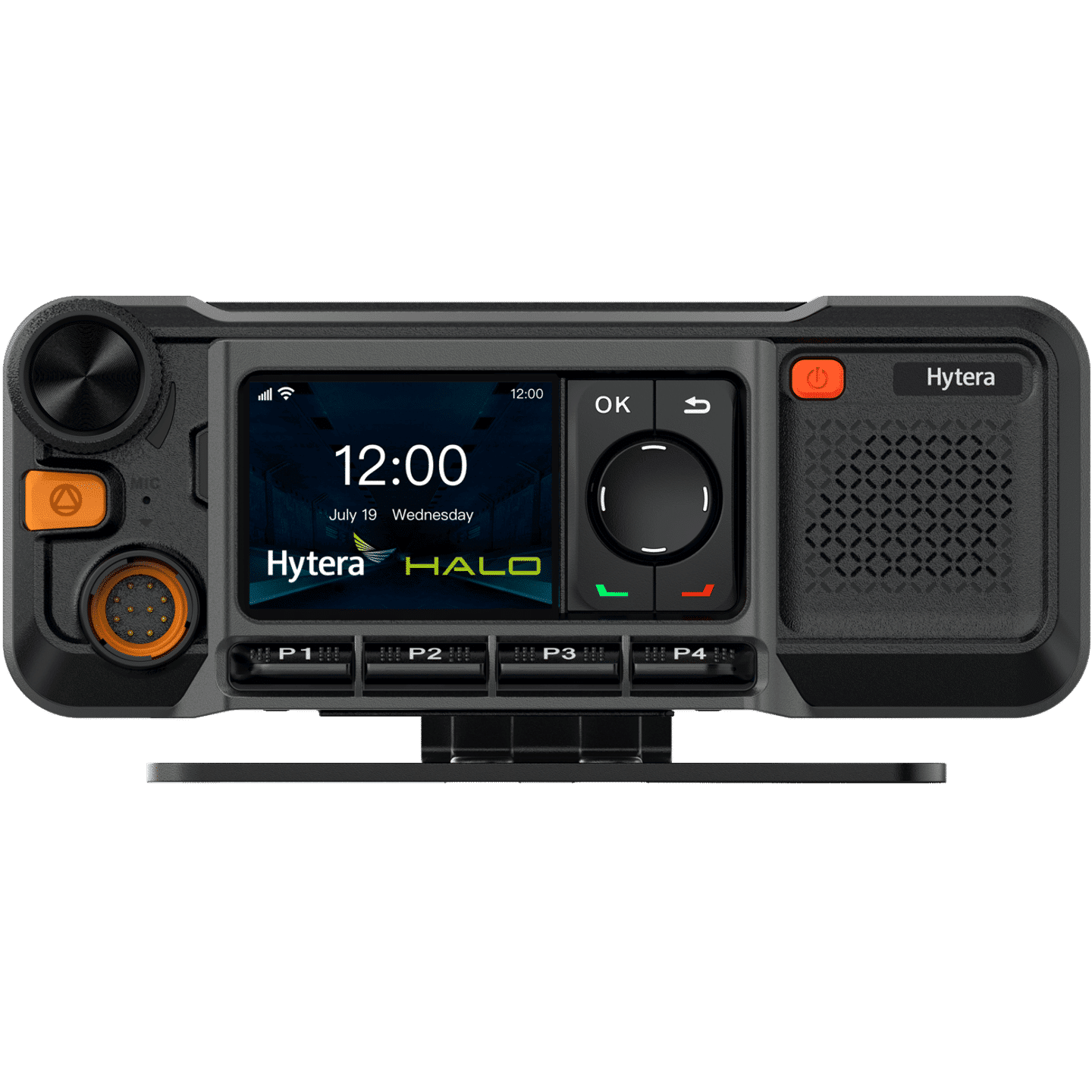What separates an exceptional headset from a mediocre one? What exactly makes an audio accessory stand out in the competitive communications world? Let’s look at some recognized key factors that define excellence in the realm of wired and wireless communication accessories.
Sound Quality
When it comes to audio accessories like ear headsets and earbuds, sound quality is often the top priority for users. The hallmark of good sound quality lies in technical characteristics like clarity, balance, and range of the audio output.
- Volume: One of the key specifications to consider is the decibel (dB) level, which measures the intensity of sound. The average human voice typically ranges between 60 to 70 dB. For effective communication, especially in noisy environments, an earpiece should be able to amplify sound to a level that is clear but also comfortable for the user. Ideally, an earpiece should deliver sound at around 85 to 90 dB, which is loud enough to be heard over background noise but still within safe listening levels to prevent hearing damage.
- Frequency Response: Frequency response is a central factor in determining the overall sound quality of earphones, as it directly affects how accurately they can reproduce audio. This term refers to the range of frequencies that the earphones can handle, typically measured in Hertz (Hz), encompassing the low bass, midrange, and high treble sounds. A wide frequency response range—usually from around 20 Hz to 20,000 Hz, which aligns with the average hearing range of a healthy human—is required for natural sound reproduction. This ensures that all elements of the audio, from the deepest bass notes to the crispest highs, are delivered with clarity and balance, allowing listeners to experience music and other audio content as it was intended. A broader frequency response allows earphones to capture the full spectrum of sound, providing a richer and more immersive listening experience that is true to the original recording.
- Clarity and Balance: Some large, expensive headphones offer extremely wide frequency ranges—for example, 5 to 33,000 Hz—but better raw frequency response does not always mean better sound quality. Instead of just reading the spec, a user must experience the sound performance. A well-designed pair of earbuds should deliver a clear and balanced sound profile. This means that the bass, mids, and highs are all distinct and well-represented, allowing for a rich listening experience. For instance, the bass should be powerful but not overpowering, the mids should be crisp to ensure vocals and instruments are heard clearly, and the highs should be sharp without causing discomfort or “sibilance,” the hissing quality of sound or the hissing sound itself, as heard in the spoken “s”, “sh”, “ch”, and “z”.
- Distortion-Free Performance: Another critical aspect is the absence of distortion at high volumes. Whether you’re listening to a podcast, music, or on a call, the sound should remain consistent and clear, even when the volume is turned up. This requires high-quality drivers and well-engineered acoustic design, which are foundational to the products offered by companies like Cardinal Communications.
- Codec Support for Higher-Resolution Audio: For those seeking superior sound quality, codec support is essential. Codecs like AAC (Advanced Audio Codec), aptX, and LDAC (Lossless Digital Audio Codec) enable higher-resolution audio transmission over Bluetooth. AAC is commonly used with Apple devices (they developed their own implementation) and provides a good balance between audio quality and latency. Qualcomm’s aptX, found in many Android devices, offers CD-like quality audio and can transmit 24-bit hi-res audio. Various versions of aptX (such as aptX Adaptive, aptX Lossless and the very popular aptX HD) were designed to challenge Sony’s LDAC, known for its ability to transmit audio at high bitrates, allowing for near-lossless quality. (LDAC has a bitrate of up to 990 kbps, much higher than the 300 kbps of a normal Bluetooth connection and can maintain a maximum bit depth and frequency range of 96 kHz/24 bit during transmission. Moreover, LDAC’s “Best Effort” mode automatically adjusts the transmission quality and throughput based on the surrounding radio environment.) And so, earbuds that support these codecs are ideal for audiophiles and those who demand the best from their listening experience.
A High-Quality Microphone
The audio output of an earpiece, as important as it is, only happens to be half of the story. Accurate input of sound is the other. Earpieces, earphones and earbuds can have integrated mics, or come with detachable cables that add a microphone. (Some wired earbuds don’t have a mic or remote at all.) A sensitive microphone is a critical component of any high-quality earphone, especially for those who frequently use their devices for calls or voice commands.
- Microphone Sensitivity: Microphone sensitivity refers to the microphone’s ability to detect sound, which directly impacts how clearly it can capture the user’s voice. A highly sensitive microphone is adept at picking up subtle nuances in speech, ensuring that your voice comes through loud and clear, even in challenging environments. However, this sensitivity must be balanced with the ability to minimize background noise. Advanced microphones are designed to focus on the sound coming from your mouth while filtering out ambient sounds, such as wind, traffic, or chatter. This is particularly important for users who rely on voice assistants like Siri or Alexa, where clear voice recognition is essential for accurate command execution. By prioritizing a sensitive yet noise-reducing microphone, earphones can provide an optimal communication experience, whether you’re on a call, giving voice commands, or recording audio. Sensitivity can range from an extremely sensitive -35dB to -42dB—which can capture faint sounds but tends to pick up background noise from the environment—to a less sensitive -48dB to -50dB to reduce pickup of weak and irrelevant sounds, thereby decreasing noise interference and making conversations clearer in noisy environments.
- Electret condenser microphones (ECMs): ECMs have revolutionized the world of audio technology, emerging as the most prevalent microphone type globally. These versatile devices can be found just about everywhere, in everything from high-end studio equipment to everyday electronic gadgets like smartphones, laptops, and hearing aids.
At the heart of an ECM lies a unique design that sets it apart from conventional condenser microphones. The key innovation is the use of “electret” material, which permanently polarizes the parallel-plate capacitor capsule. This ingenious feature eliminates the need for an external power supply, making ECMs particularly energy-efficient and ideal for portable devices.
The working principle of an ECM is based on capacitance. The microphone’s diaphragm and backplate act as the two plates of a capacitor. When sound waves strike the diaphragm, it vibrates, altering the distance between the plates and thus changing the capacitance. This fluctuation generates an electrical signal that is then amplified by a built-in field-effect transistor (FET), requiring only a small voltage to operate.
Several key design features contribute to the ECM’s exceptional performance. The lightweight diaphragm responds immediately to sound waves, enabling efficient audio capture. Additionally, the integrated preamplifier boosts the audio signal, ensuring clear and high-quality sound output.
These characteristics make ECMs particularly well-suited for use in earpieces and other small audio devices. Their compact size and lightweight design allow for seamless integration into miniature electronics. The low power consumption of ECMs extends battery life in portable devices, while their high sensitivity ensures effective audio capture even in limited spaces.
From professional recording studios to the earbuds in your pocket, electret condenser microphones have become an indispensable component of modern audio technology. Their unique blend of size, efficiency, and sound quality has cemented their place as the go-to choice for a wide range of applications in our increasingly connected world.
- Cardioid Pickup Pattern: The cardioid pattern is the most popular pickup pattern for microphones used in earpieces and earbuds. This pattern is most sensitive to sounds directly in front of the mic and less so for sounds from the sides and rear. Thus, because of this focused pickup area, mics with the cardio pickup pattern reduce ambient noise and background interference during calls or recording, thereby improving audio quality. However, in some cases, omnidirectional mics may also be used, for capturing sound from all directions.
- Noise-Canceling Microphone: Noise-cancelling mics reject ambient noise while remaining sensitive to close sounds. They are pressure-gradient mics with acoustic labyrinths that cause ambient, distant, and off-axis sounds to cancel out at the diaphragm. They barely show the proximity effect and only pick up close on-axis sounds.
Battery Life and Power Management
For wireless models, battery life is another crucial factor, particularly for users who are always on the go. When evaluating battery life, consider both the ear headpieces/earbuds themselves and the charging case.
- Earpiece Battery Life: A solid wireless earpiece or pair of earphones or earbuds should offer at least 4 to 5 hours of performance on a single charge. This duration is sufficient for most daily activities, whether commuting, working out, or making calls. However, for those professionals who need extended use, some models can offer up to 10 hours and even more on a single charge, ensuring that your audio experience isn’t cut short.
- Charging Case Capacity: If you are extremely mobile, the charging case is your wireless earpiece’s most important companion. A well-designed case should be able to recharge the devices multiple times before needing to be recharged. Ideally, a charging case should provide an additional 20 to 30 hours of battery life, giving you the freedom to use your ear headsets or earbuds throughout the day without constantly searching for a power outlet.
- Quick Charging Capabilities: Fast-charging capability, where a few minutes of charging can provide hours of use, minimizes downtime between uses and is a great feature for those with a busy lifestyle.
- Power-Saving Features: Some devices will automatically power down when not in use to conserve battery charge.
Comfort
Comfort is not just a luxury; it’s a non-negotiable necessity, especially for users who wear ear headsets for extended periods.
- Fit and Ergonomics: The ideal “ear hook” earpiece should be designed to fit securely without causing discomfort. This involves ergonomic design that contours to the shape of the ear, providing a snug fit that won’t slip out during movement. At Cardinal Communications, for example, their products are engineered with custom designs that prioritize both fit and comfort, making them suitable for all-day wear.
- Customizable Fit: Some earphones and earbuds come with different sizes of ear tips, allowing users to choose the best fit for their ear shape. This not only enhances comfort but also improves sound isolation, which can lead to a better overall listening experience. A proper seal is important for both passive noise isolation and maximizing the audio quality.
- Long-Term Wearability: Extended use should not result in ear fatigue or discomfort. High-quality materials, such as soft silicone ear tips and lightweight construction, can make a significant difference. For those in demanding professions, such as retail workers or remote professionals, comfort is paramount to maintaining focus and productivity throughout the day.
- Hygenics: It should be possible to clean the device with water or mild cleaning solvents without damaging the internal electronics.
Companies like Cardinal Communications recognize that discomfort can be a major deterrent to productivity, which is why their products are designed with the user in mind.
Cardinal’s custom ear hook design ensures a secure yet gentle fit, preventing the earpiece from slipping while avoiding pressure points that can cause discomfort. The swivel capability, allowing for a 180-degree rotation (360-degrees in some models), adds to the versatility, making their earpieces suitable for either ear. Additionally, the inclusion of soft ear foam cushions further enhances comfort, reducing ear fatigue during prolonged use.
For retail workers and other professionals, the ability to easily clean and hygienically maintain these earpieces is crucial. Cardinal’s designs accommodate traditional alcohol wipes for cleaning without risking damage to the electronics, ensuring hygiene without compromising functionality, thus catering to various lifestyles and usage scenarios.
Smart Device Integration – Seamless Connectivity
In today’s technology-saturated environment, audio accessories such as headsets must do more than just transmit sound; they must also integrate seamlessly with smart devices and voice assistants. At companies like Cardinal Communications, the headsets are designed with this in mind, ensuring compatibility with a wide range of devices, from smartphones to tablets, and various operating systems.
Headsets must be optimized for use with popular voice assistants, ensuring that commands are recognized accurately and executed promptly. Whether you’re asking Siri for directions, requesting a playlist from Alexa, or answering a call, a headset should provide a reliable connection that enhances the overall user experience.
Primary integration features include:
- Multi-Device Compatibility: The device should works with smartphones, tablets, and computers
- Voice Assistant Optimization: This ensures accurate recognition of commands for Siri, Alexa, and others
- Bluetooth Connectivity: Advanced versions of Bluetooth, such as Bluetooth 5.2, provide stable, wireless connections for maximum mobility.
Versatility: Adapting to Various Environments
Whether in retail, customer service, on the road, in a warehouse, or a home office, a superior headset should adapt to diverse settings.
Versatility features include:
- Noise-Cancellation Technology: This enhances focus in noisy environments. Such technology can be built into the mic and/or the software.
- Multiple wearing styles: Accommodates individual preferences and workplace requirements. An earpiece that can swivel or be rotatable makes it an ideal solution for shift-based work.
- Adjustable Boom Mic: For large headsets in a call center setting, an adjustable boom mic allows for optimal positioning for clear voice capture.
Durability
For professionals who depend on their headsets daily, durability is paramount. Audio accessory products need to be built for long haul, engineered to withstand the rigors of consistent use:
- High-quality materials: The headset/earpiece must resist wear and tear from daily use.
- Robust construction: The headset should withstand accidental drops and environmental stressors, as well as “weather-resistant” or “waterproof,” something that can be measured and given an IPX rating level. IPX stands for Ingress Protection Rating and is also referred to as “International Protection Rating.” IPX is a classification standard that measures the level of protection a product has against general intrusion, such as the intrusion of solid objects (including body parts like hands and fingers), dust, accidental contact, and water in mechanical casings and with electrical enclosures. The ratings are based on the International Electrotechnical Commission (IEC) standard IEC 60529 and are often used for products like smartphones, cameras and headsets. The IP (Ingress Protection) numbers are written as IPXX, where “X”s are placeholders for numbers. The first “X” represents solid (dust/particle) resistance and the second “X” represents liquid resistance (water). The greater the IPX rating, the greater the resistance:
- PX0: No protection
- IPX1: Protects against condensation or dripping water falling vertically
- IPX2: Protects against vertically dripping water, even when the enclosure is tilted up to 15 degrees vertically
- IPX3: Protects against spraying water when tilted up to 60 degrees vertically
- IPX4: Protects against splashing water from any angle. This rating is equivalent to ordinary rain and can withstand 10 minutes of water spraying
- IPX5: Protects against water jets from any direction, but only from nozzles that are up to 6.3 mm in diameter (low pressure water stream)
- IPX6: Protects against high pressure water streams from any angle
- IPX7: Protects so that the device can be submerged in water up to 1 meter (3.3 feet) for 30 minutes without any damage
- IPX8: Protects against continuous immersion in water; the product can be submerged in water up to 4 meters (13 feet) deep without damage
Most headsets/earpieces and earbuds are rated between IPX3 and IPX7.
- Warranty: A one-year warranty demonstrates a manufacturer’s confidence in product longevity. Cardinal Communications earpieces also offer a one-year warranty the industry standard. ■
Cardinal Communications is Ready to Help You
Cardinal Communications (http://cardinalcomms.com) wants you to explore our portfolio of high-quality headsets and other audio accessories to find the one that best suits your needs.





